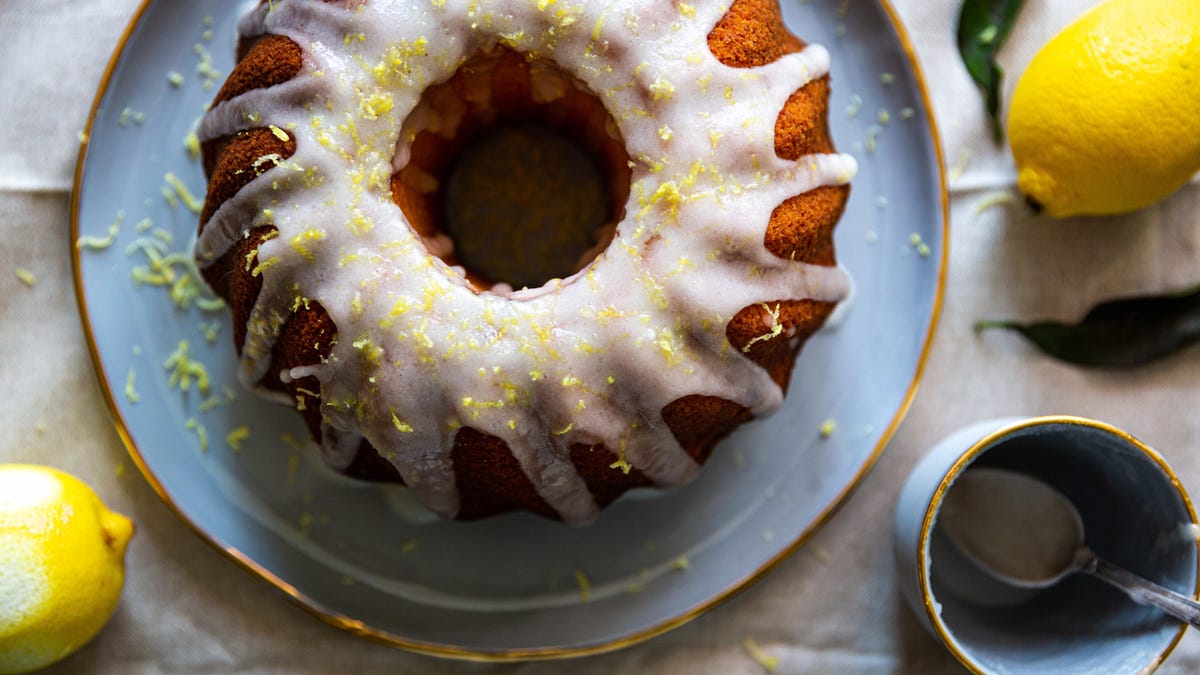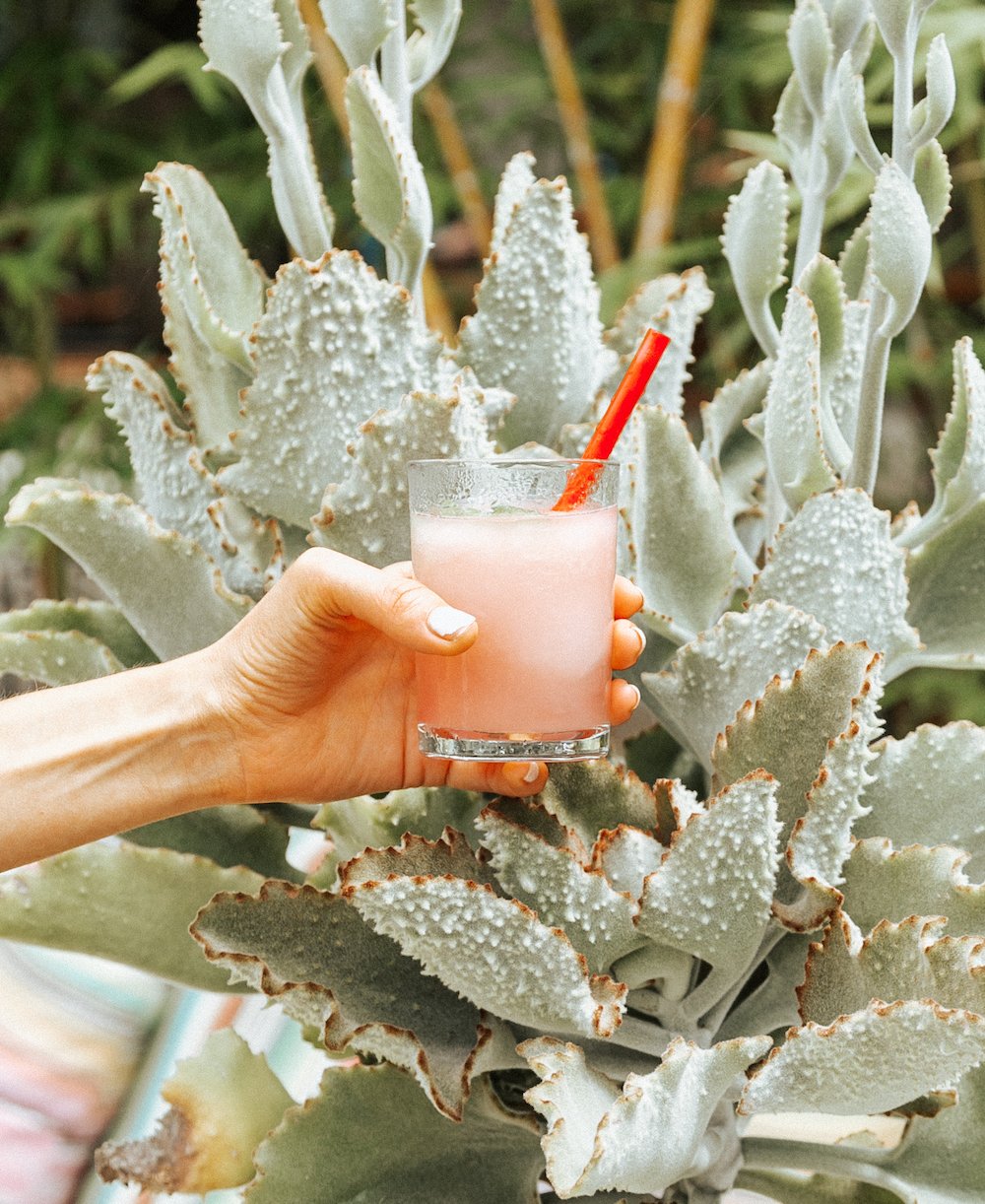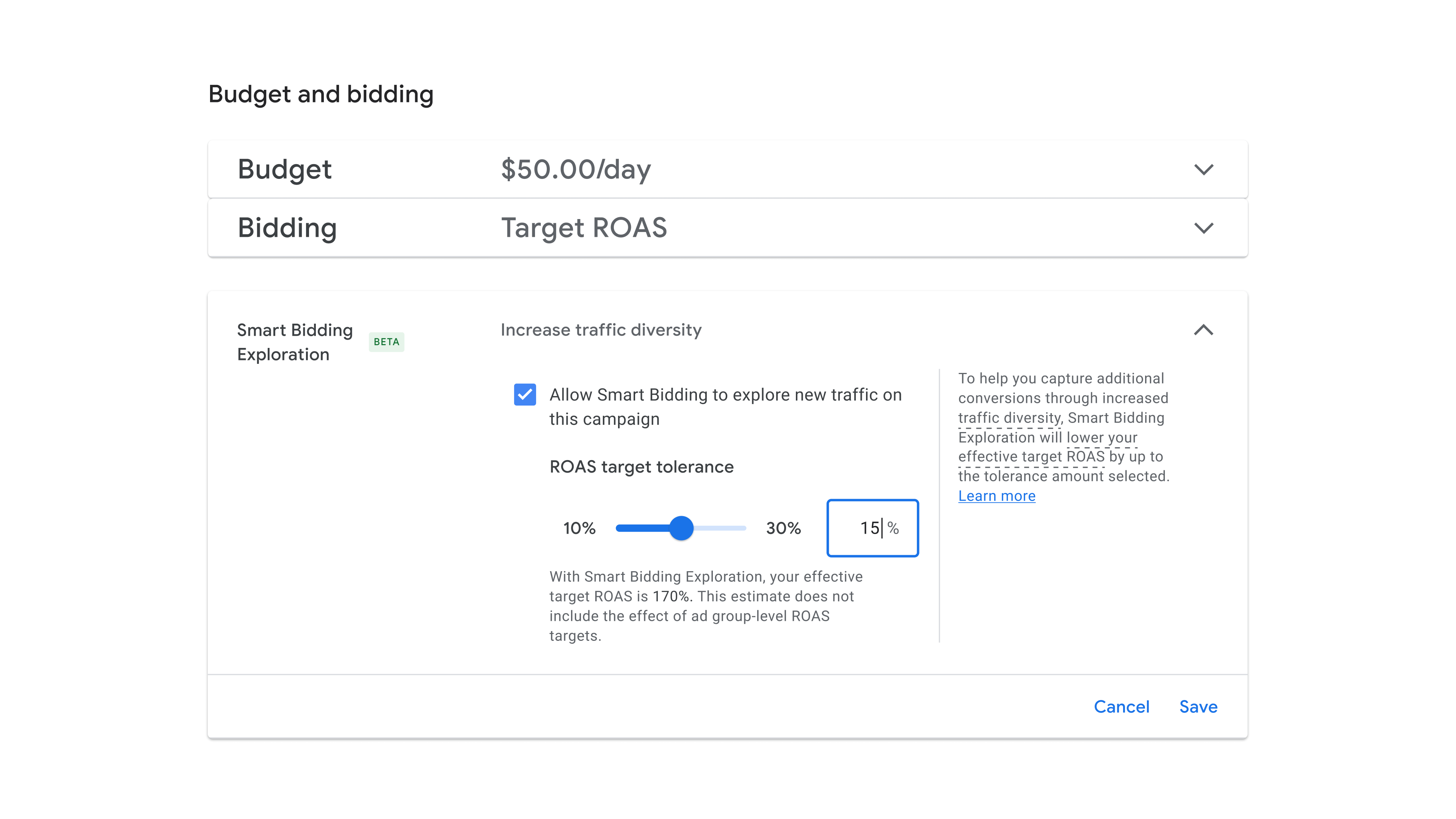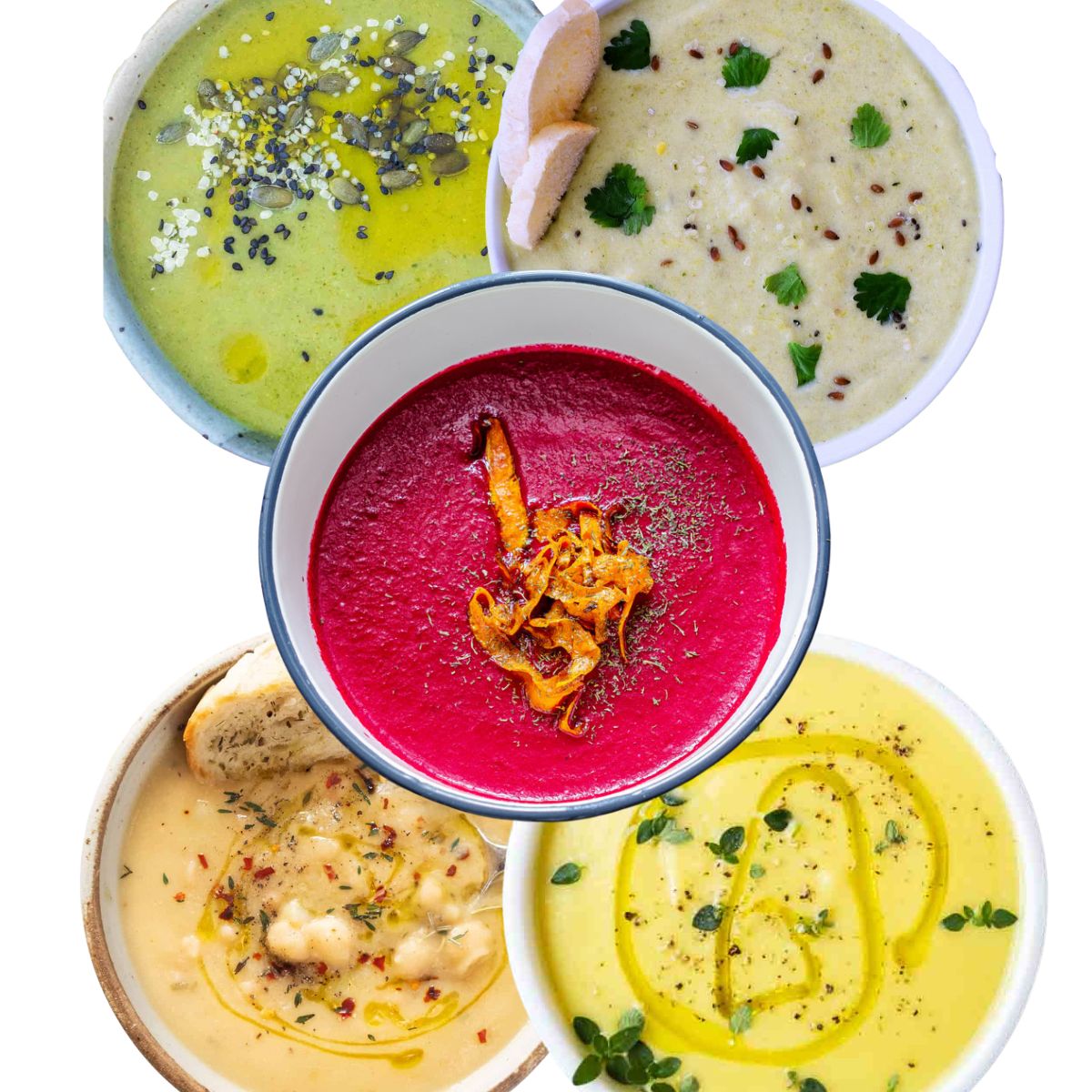Do This to Make Your Lemon Zest Zestier
Lemon bars, citrusy cocktails, lemonade, and the like may seem out of place during the winter months. But with the sun setting by 4:30 p.m. or so every day, I personally need a bit of edible sunshine, be it...


Lemon bars, citrusy cocktails, lemonade, and the like may seem out of place during the winter months. But with the sun setting by 4:30 p.m. or so every day, I personally need a bit of edible sunshine, be it in a baked good, cocktail, or glass of seasonally incongruous lemonade. Most lemon-based recipes call for juice, or zest, or both. The juice adds obvious lemon flavor, but the zest imparts more nuanced aromas and tastes by way of deliciously aromatic oils, and you want to extract those oils as efficiently as possible.
Microplaning does some of that work for you. Shredding the very outer layer of zest off of your lemon frees some of the flavor trapped within those cellular walls but, according to this tip from Nigella Lawson’s website, a little bit of sweet friction (literally) can extract even more:
If you’re baking with lemon zest (incorporating it into cakes, cookies, even lemon curd), add the zest to the sugar you’ve measured out and rub it in well—it helps to better release the oils and increase the flavor.
Beyond baking, you can try this hack using plain ol’ sugar, and make a heady batch of lemon sugar for stirring into tea or mashing into softened cream cheese. You could also melt the resulting sugar down with an equal amount of water to make a simple lemon cocktail syrup, or use it as the base of a super potent, nuanced lemonade. I likewise would not judge you for dusting the stuff over a butter scone or simple piece of toast. (It’s cold and grey out; pack as much lemony sunshine into your life as you can.)
Don’t feel beholden to the classic lemon either. Meyer lemons, Buddha’s hand citron, and any of the other many in-season citrus fruits will also benefit from this zestifying zesting method.

 Troov
Troov 
































